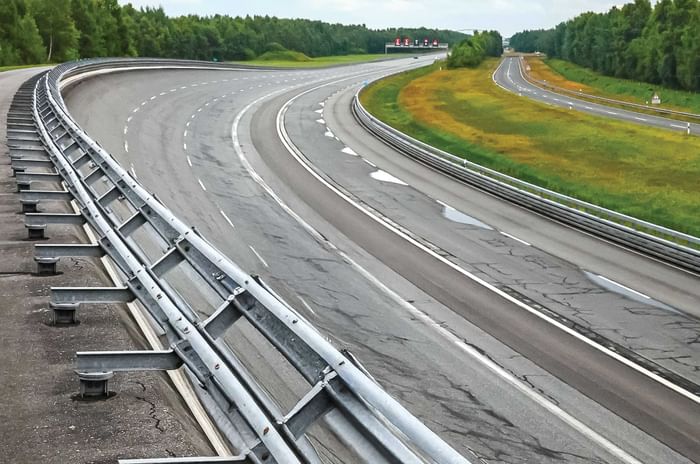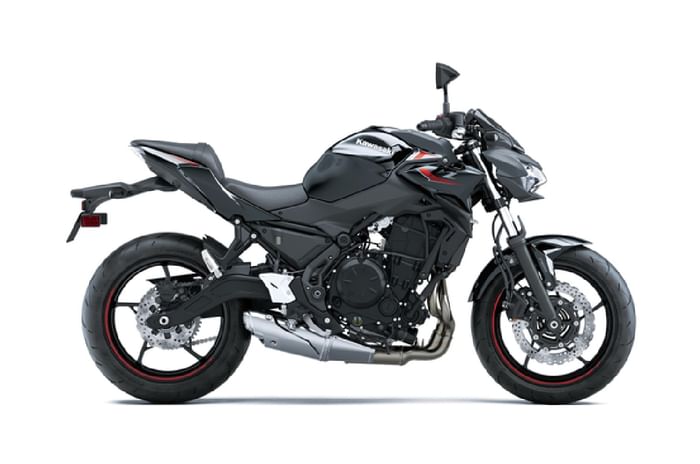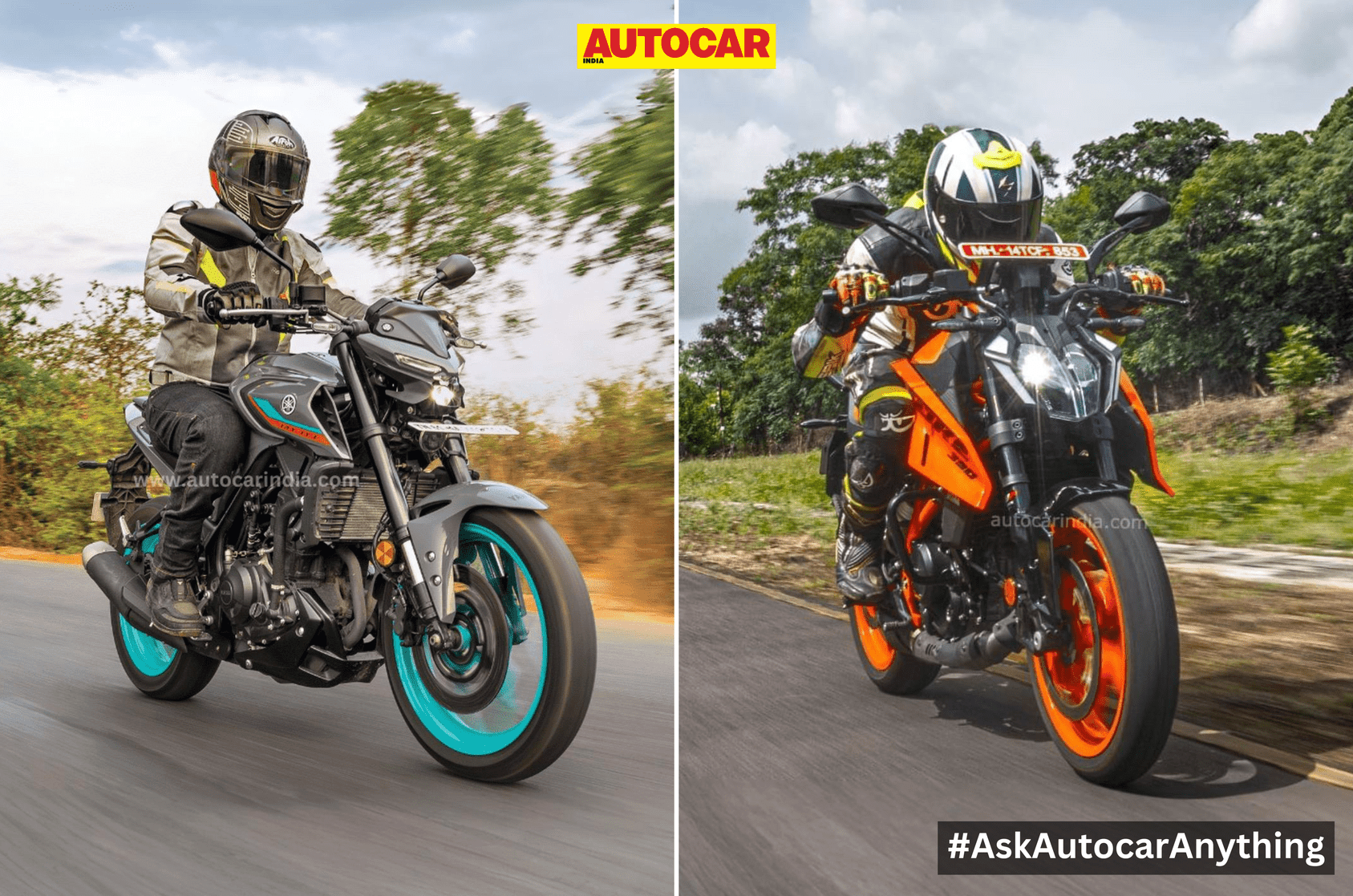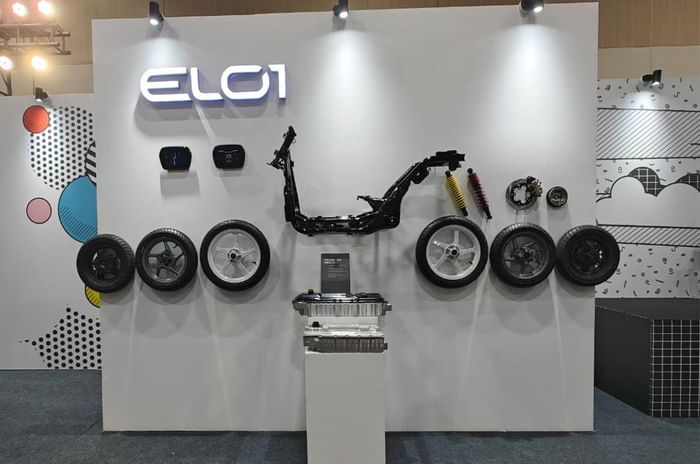Indian tyre maker Ceat’s global ambitions gain traction; we meet the European team steering the charge.
The Skoda Superb vRS Combi I’m snugly belted into is doing an indicated 240kph. It’s raining lightly, but that hasn’t dampened Frank Gilsdorf’s enthusiasm or confidence. The Ceat GM for international business likes to drive and is happy to stretch the Superb’s legs on this derestricted section of autobahn outside Papenburg. Sitting beside him, what strikes me more than the speed is the sense of stability. The tyres – 235/40R19 Ceat SportDrives – are doing a phenomenal job. There’s minimal road noise, strong straight-line stability, and a level of grip that leaves no reason for concern.
 Superb vRS Combi on Ceat SportDrives felt planted and surefooted, even in heavy rain.
Superb vRS Combi on Ceat SportDrives felt planted and surefooted, even in heavy rain.
At this moment, I’m not thinking about tyre brands, only about performance. But that’s exactly the point Ceat is trying to make in Europe – can the average driver really tell the difference between a Ceat and a Michelin or Pirelli? 99.9 percent of them cannot. And that’s what Ceat is banking on. In the hyper-competitive and brand-loyal European market, most buyers – particularly those in the replacement market – won’t notice any difference with a global brand. What they will notice is a high-quality tyre that meets all regulations and performs impressively at a significantly lower price.
European play
 Ceat is quietly gaining traction in Europe’s competitive replacement tyre market.
Ceat is quietly gaining traction in Europe’s competitive replacement tyre market.
Ceat, a name long familiar to Indian motorists, is now taking on a far more challenging road: Europe. A mature and fiercely competitive market, Europe is dominated by heritage brands like Michelin, Pirelli and Continental. For Ceat to make inroads, it must meet or exceed some of the world’s strictest standards and still remain competitive on price.
“When we entered Europe in 2017, we knew it would be a long-term play,” says Peter Becker, senior vice president of R&D and Technology. “You can’t shortcut credibility. So, we built a European Technical Centre and a testing base here in Papenburg to be close to customers and competitors.”
 With Sven Rath (L) and Peter Becker, the minds driving Ceat’s European tech ambitions.
With Sven Rath (L) and Peter Becker, the minds driving Ceat’s European tech ambitions.
Currently, Ceat’s primary focus is the replacement tyre market, where branding matters. “Our tyres are tested, proven and certified. We just don’t have the badge value – yet,” says Becker. But performance and price often win the day, so Ceat’s approach: offer tyres that come close to market leaders by way of performance but at a far more affordable price point. That final sliver of advantage that global brands hold is often imperceptible to the average driver – but it’s precisely that crucial gap, which testers fixate on, and that Ceat’s engineers are relentlessly working to close.
Gold dust
The unsung heroes of this journey are the tyre testers. “They are gold dust,” says Sven Rath, general manager of Testing at Ceat’s European centre. “Testing isn’t just about numbers; it’s about feel, feedback and consistency.”
At Ceat, a tyre tester goes through a rigorous two-year training programme. It starts with riding shotgun, learning what to feel, then gradually moves to controlled testing at facilities like India’s NATRAX and Europe’s ATP Papenburg, finally culminating in high-speed, high-stakes evaluations on the Nordschleife loop of the legendary Nürburgring race track in Germany. “Car control must be second nature,” explains Rath. “Only then can your brain focus on the nuanced feedback a tyre provides.”and
 Tyre testing demands precise car control and a fine feel for vehicle dynamics.
Tyre testing demands precise car control and a fine feel for vehicle dynamics.
Subjective testing is vital. Objective data tells you lap times, grip levels and rolling resistance. But it’s the subjective feedback – the steering feel, the sense of security in the wet, the ride compliance – that elevates a tyre from good to great.
“Dry handling is the toughest,” Rath continues. “You aren’t always on the limit. You’re judging things like linearity, roll control, steering feedback. You either have the sensitivity to feel it or you don’t. And that’s what sets the best apart.”
I can relate. Driving the AWD Golf R on the wet handling circuit at ATP Papenburg, I tried to drift for fun and evaluation, but to break traction, it wasn’t easy. The Ceat tyres hung on far better than I expected, refusing to let go without serious provocation. It was revealing and showed how effective a good tyre is in dispersing water to offer a grippy contact patch even on wet asphalt.
 Digital simulations are slashing tyre development times.
Digital simulations are slashing tyre development times.
The Ceat European Technical Centre (CETC) is the nerve centre of Ceat’s global tyre development. It carries out an exhaustive suite of tests, including wet and dry braking, aquaplaning (straight and lateral), wet and dry handling, noise, ride and comfort. Regular testing on snow and ice is also carried out to test and validate Ceat’s range of winter tyres for Europe. The tests are a combination of subjective and objective evaluations, and CETC also houses advanced tools like 3D laser scanners and digital tread footprint analysers, allowing engineers to identify pitch variations, tread cavity anomalies, and even pressure distribution. “This digital insight is key to shortening our development cycles and speeding time-to-market,” explains Rath. “We don’t just send test results back to India. We send solutions.” These real-time insights are sent to Ceat’s primary R&D centres back in India.
 Wet braking performance is non-negotiable when engineering a tyre.
Wet braking performance is non-negotiable when engineering a tyre.
Producing a tyre for Europe isn’t simply about performance. It’s about meeting regulatory and market-specific requirements. From rolling resistance and wet braking to tyre abrasion and worn wet grip – the latest R117 Rev.04 regulations, which came into force in 2024, are the new benchmarks.
“You can’t compromise on wet braking for better fuel economy,” says Becker. “Everything must improve in parallel. That’s where our work with material suppliers and universities becomes crucial.” Interestingly, Ceat is building EV-ready platforms rather than designing EV-specific tyres. “The trend is towards versatile platforms,” says Rath. “We design tyres that can handle the higher loads and torque of EVs but are also suitable for ICE cars.”
 Ceat develops lighter tyres tailored to Europe’s smoother, high-speed roads.
Ceat develops lighter tyres tailored to Europe’s smoother, high-speed roads.
As for construction, Ceat makes lighter, single-ply tyres for Europe’s smooth roads, while sticking with robust two-ply tyres for Indian conditions. These regional differences demand design flexibility.
Punching above
Breaking into a market like Europe without the weight of legacy is never easy. In Italy, though, Ceat’s historical roots still carry some equity, which explains why it remains the company’s strongest European market. Still, most customers tend to stick with the tyres their cars came with from the factory, and Ceat knows it must work harder to win their trust and convince them to make the switch.
“We are targeting OEM business in the medium to long term,” says Becker. “But to do that, we need to match their quality expectations. The big brands have decades of equity. We’re the new kids.”
 Hand-cutting tread patterns calls for a steady hand and expert craftsmanship.
Hand-cutting tread patterns calls for a steady hand and expert craftsmanship.
That said, Ceat’s ace is affordability. Michelin and Pirelli have moved significantly up the price ladder, and for an OEM, that’s an important factor too. With over 15 million tyres produced annually, Ceat already has global scale. It operates in over 110 countries, has six manufacturing plants, and generates $1.5 billion in revenue. Europe, however, is the ultimate validation. The early signs are encouraging. With a presence in Germany, strong R&D backing, high-level partnerships (like Bundesliga champion football team Bayer Leverkusen), and a growing range of tested, certified products, Ceat is laying the foundation. It’s not about domination. It’s about being taken seriously.
And with seasoned testers, rigorous protocols, and a willingness to play the long game, Ceat might just pull it off. Ceat knows it’s a long road ahead. Europe’s not a market you crack overnight – especially not when rivals have 50-60 years’ head start. But with meticulous testing, smart engineering, and the quiet confidence that comes from watching your tyres perform flawlessly at 240kph on a rainy autobahn, Ceat’s journey has well and truly begun. They’ve got a foothold. Now comes the climb.
As Becker sums it up: “We’ve got a small foothold in Europe. But with the dedication of our teams in Papenburg and Mumbai, our journey has started on the right foot.”
The Papenburg edge
ATP Papenburg – Europe’s high-speed lab

The Automotive Testing Papenburg (ATP) facility is a crown jewel for tyre and vehicle development in Europe. Sprawling across 780 hectares, it features over 30 test tracks, including a jaw-dropping 12.3km high-speed oval with 49-degree banking, allowing neutral-speed testing at up to 250kph – and even higher if you’re bold.
“We’ve had cars go past 450kph here,” says Klaus Vosteen, ATP’s director. “It was a world record run by a Bugatti Rimac convertible.”
Originally built by Mercedes-Benz in the 1990s, ATP has evolved into a neutral proving ground with customised testing environments: dry and wet handling tracks, dynamic platforms, comfort roads, braking surfaces, and more. Ceat is one of the many clients here, benefitting not just from the track layout but from its real-world European climate.
“This isn’t a simulation; this is what Northern Europe is like most of the year. Wet, cold, windy. It’s real-world torture testing,” says Vosteen.
Also see:
Ceat SecuraDrive CIRCL sustainable tyres launched at Rs 8,999






















































